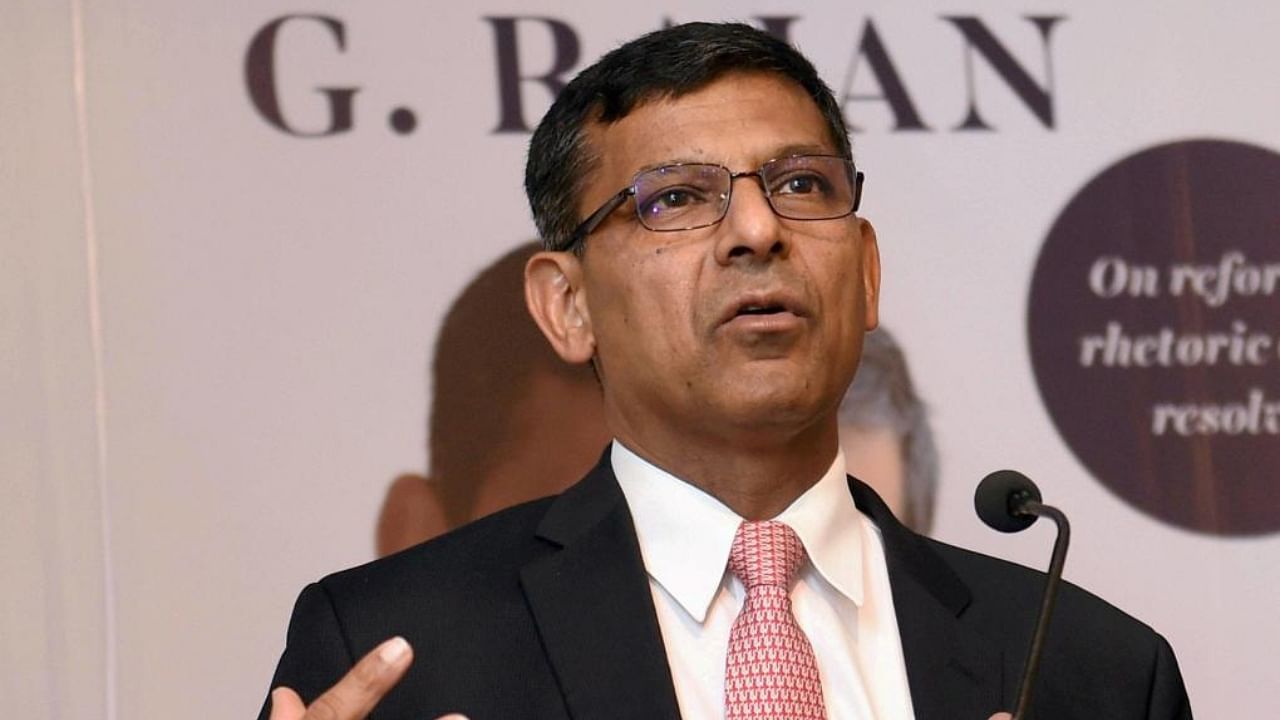
Former RBI Governor Raghuram Rajan’s remark that India is “dangerously close” to Hindu rate of growth is ill-conceived, biased and premature, SBI research said on Tuesday.
In its latest Ecowrap report, research arm of the country’s largest lender noted that the Indian economy is on a “sound footing” and deceleration in quarterly numbers should be best avoided for any serious interpretation.
“Interpretations of GDP growth based on noisy quarterly numbers is a game of smoke and mirror,” noted the report authored by SBI group chief economic adviser Soumya Kanti Ghosh
Referring to sequential slowdown in quarterly GDP growth and subdued private sector investment, Rajan recently sounded a serious warning for the Indian economy.
“Of course, the optimists will point to the upward revisions in past GDP numbers, but I am worried about the sequential slowdown. With the private sector unwilling to invest, the RBI still hiking rates, and global growth likely to slow later in the year, I am not sure where we find additional growth momentum,” Rajan told news agency PTI.
“We find such an argument ill-conceived, biased and premature at its best when weighing the recent GDP numbers against the available data on savings and investments,” SBI Research said.
As per the NSO data, India’s GDP growth slowed to 4.4 per cent in the third quarter of the current financial year from 6.3 per cent in the second quarter and 13.2 per cent recorded in the first quarter. The economy is projected to grow by 4.2 per cent in the fourth quarter of 2022-23, according to the RBI estimate.
The term ‘Hindu rate of growth’ was coined by an Indian economist Raj Krishna in 1978 to describe the slow pace of economic expansion in the first three decades of independent India.
SBI Research noted in the report that the quarterly growth numbers are "noisy" and should be best avoided for any serious interpretation. To buttress its arguments, SBI Research noted significant improvements in India’s incremental capital output ratio (ICOR).
“ICOR, which was 7.5 in FY12 is now only 3.5 in FY22. Clearly, only half of capital is now needed for the next unit of output,” SBI Research said in the report. ICOR is a measure of the additional unit of capital (investment) needed to produce an additional unit of output.
The report further noted that gross capital formation by the government touched a high of 11.8 per cent in 2021-22, up from 10.7 per cent in 2020-21. “This also had a domino effect on private sector investment that jumped from 10 per cent to 10.8 per cent over the same period," it added.
"It is also now clear that potential growth of the Indian economy (a global phenomenon) is now lower than earlier. From that point of view, future GDP growth rates even at 7 per cent could still mean a decent number by any standards," Ghosh noted in the report.